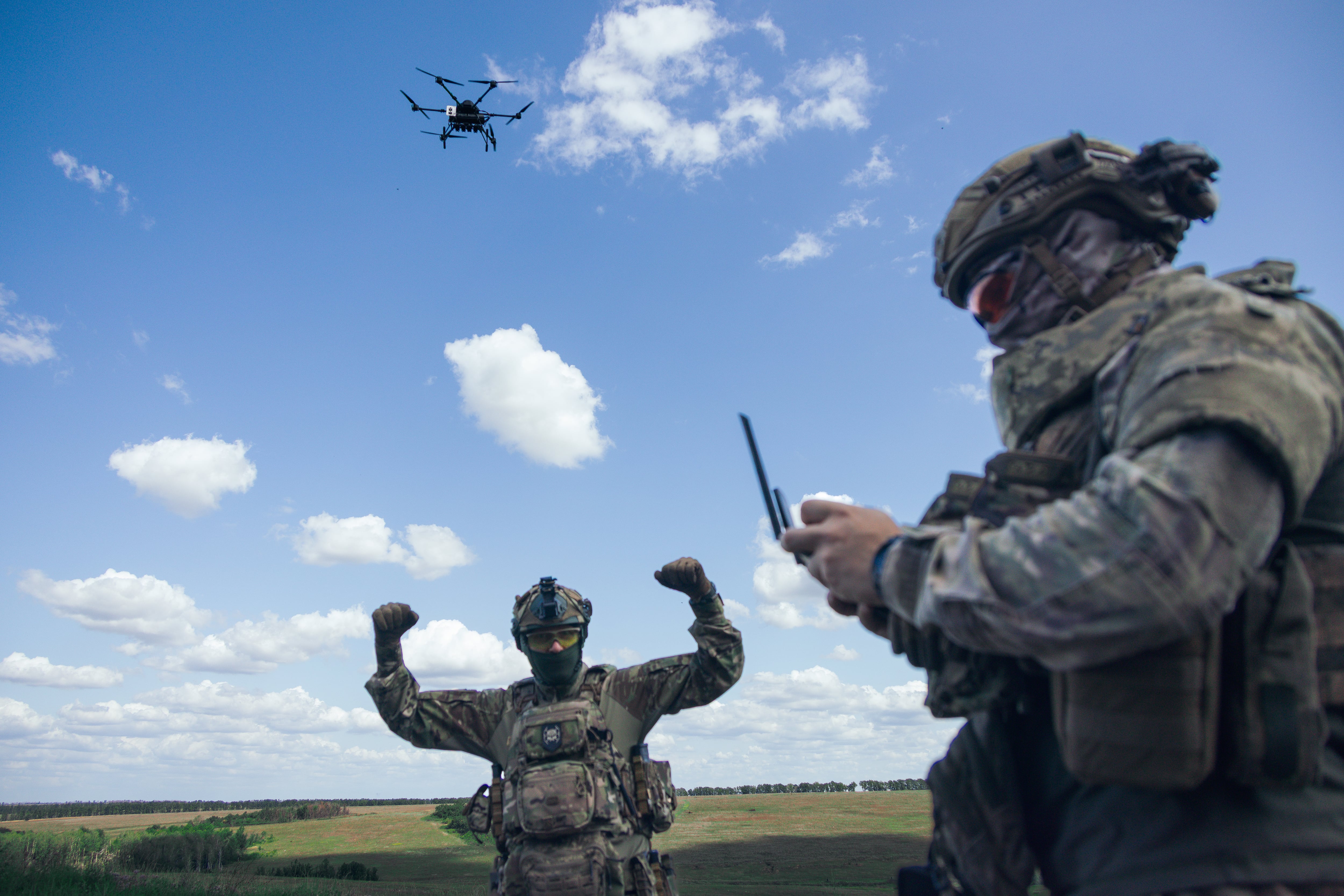WASHINGTON — Rumors of the A-10 and U-2's demise have been greatly exaggerated.
With the release of the president's fiscal 2018 budget request, there are no plans to retire either the famed A-10 Warthog or the venerable U-2 spy plane, Air Force officials said Tuesday.
"The world has changed, so we're trying to maintain capacity and capability," said Maj. Gen. James Martin, the Air Force's deputy assistant secretary for budget. "Regarding the U-2, we plan to keep that platform well into the future. … There is not a retirement date [set] for the U-2 in this budget."
After the briefing, an Air Force spokeswoman confirmed that the A-10's retirement had also been pushed off indefinitely.
Budget overview documents show that the service intends to fully fund the entire fleet of 283 A-10s, while also "extend[ing] the service of the U-2." The RQ-4 Global Hawk, the long-endurance unmanned aircraft planned to replace the U-2, will also continue undergoing sensor upgrades.
For full FY18 budget coverage, click here.
The decision is a major victory for Congress, which repeatedly thwarted attempts by the service to retire the A-10 and U-2 as well as advocates for both platforms in the U.S. Air National Guard and Air Force veteran communities.
Martin said that when the fiscal 2015 budget was unveiled in February 2014, the budgetary caps would have forced the Air Force to use some of its aging weapons programs as billpayers, and as such the Air Force called for the divestment of its U-2 fleet. A similar financial climate led the Air Force to call for the retirement of the Global Hawk in FY2014.
Ultimately, the service has come to the conclusion that it cannot continue its current operational pace without both the U-2 and Global Hawk, Martin continued.
The A-10 was engaged in a similar, yet even more high-profile budget battle that has extended since FY2015, but the deferred retirement of the Warthog is no surprise. In February, Air Force Chief of Staff Gen. David Goldfein told reporters that the service had absconded plans to begin mothballing its first A-10s in 2018.
"We’re going to keep them until 2021, and then as a discussion that we’ll have with [Defense] Secretary [Jim] Mattis and the department and the review over all of our budgets, that is what will determine the way ahead," he said then.
Valerie Insinna is Defense News' air warfare reporter. She previously worked the Navy/congressional beats for Defense Daily, which followed almost three years as a staff writer for National Defense Magazine. Prior to that, she worked as an editorial assistant for the Tokyo Shimbun’s Washington bureau.





